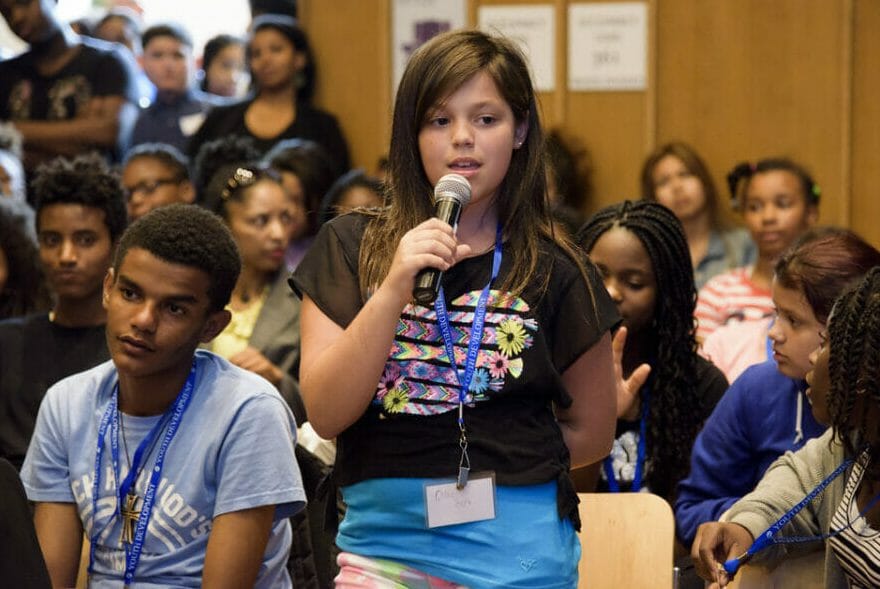
We have all noticed that human communication and relationships seem to be deteriorating – the rate of divorce is still on the rise, bullying is a worldwide phenomenon and the point of discussion everywhere, young people are staying single longer or choosing not to have kids and let’s not get started on customer service. Things are bad and we know it.
But why is that?
It just so happens that this week, I have had a few opportunities to think about this and I would like to share these thoughts with you.
At a pool party for Noff’s friend, one father complained about his daughter disregard for the high of mobile phone charges and said he was surprised she had been so careless with his money. Another mother spoke of how her daughter used Facebook to splash every little thought in all her friends’ faces without taking into account how they might take it. Both parents were quite frustrated with their kids.
When I was growing up, I was told to be polite and considerate. My parents thought about what others would think about the way I dressed, the way I combed my hair, how I spoke, the grades I got and many other things. They looked me over and made sure I was presentable before I went out the door.
It was all about others. We had to get special permission to think of ourselves.
Read Sharing and Caring »















